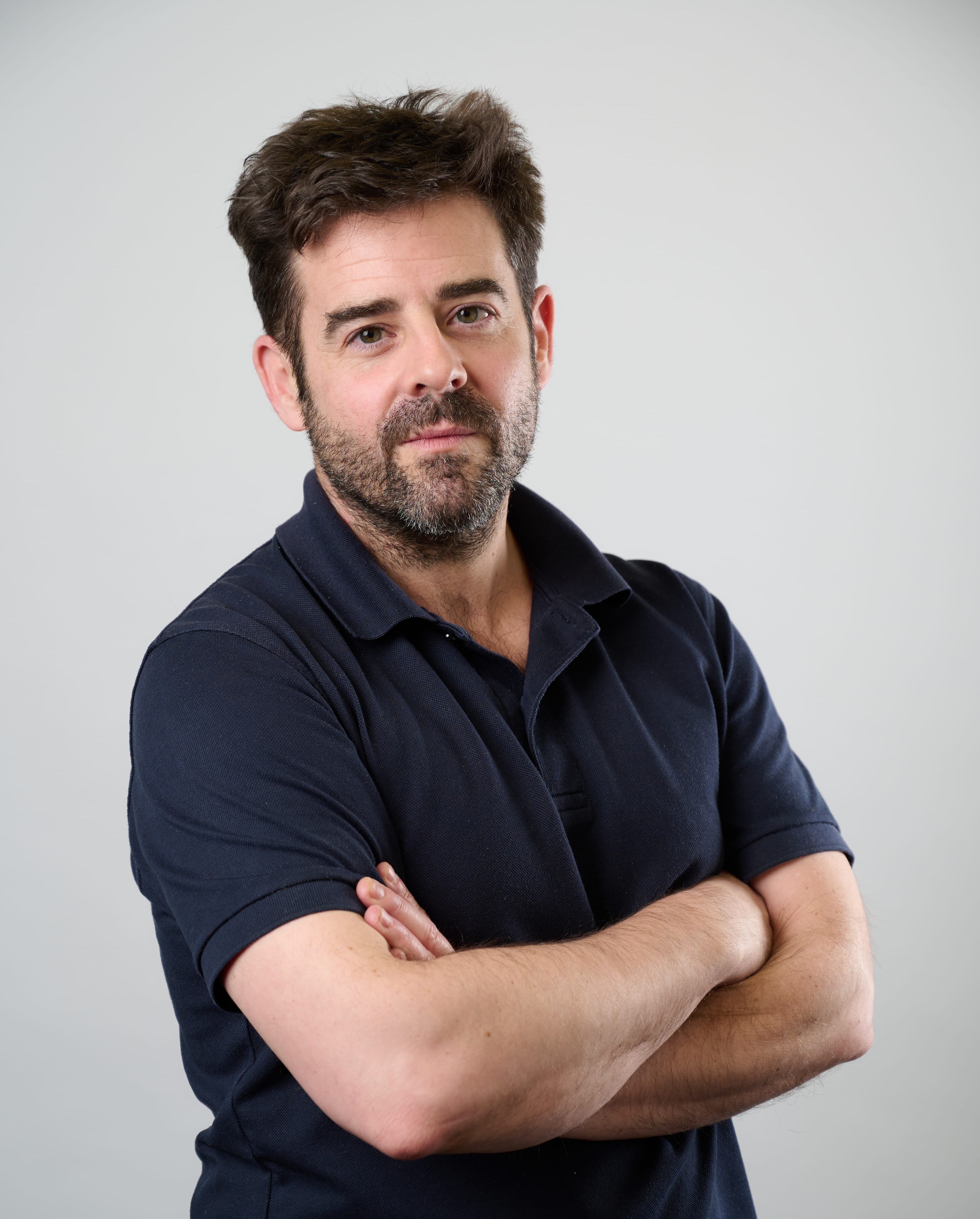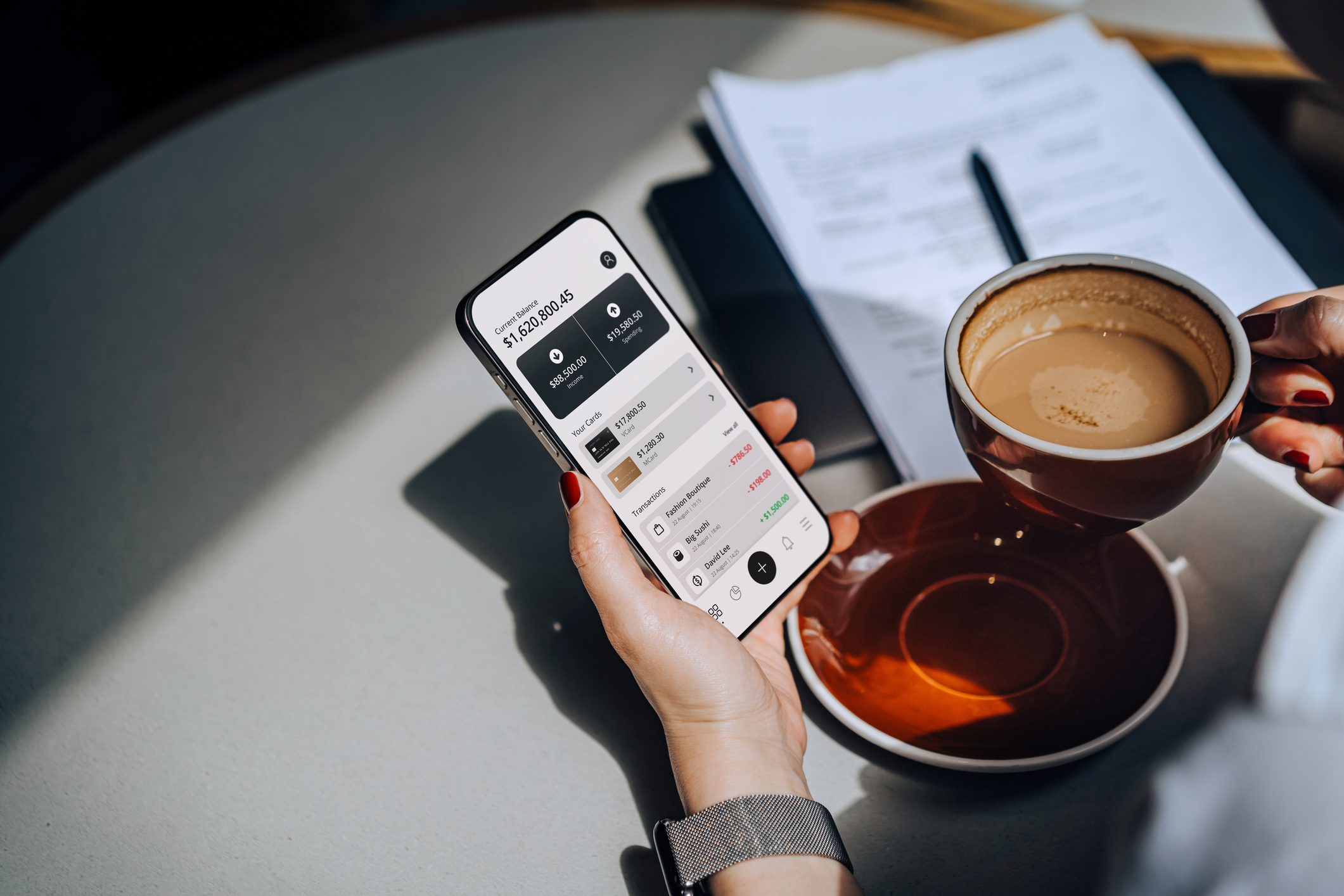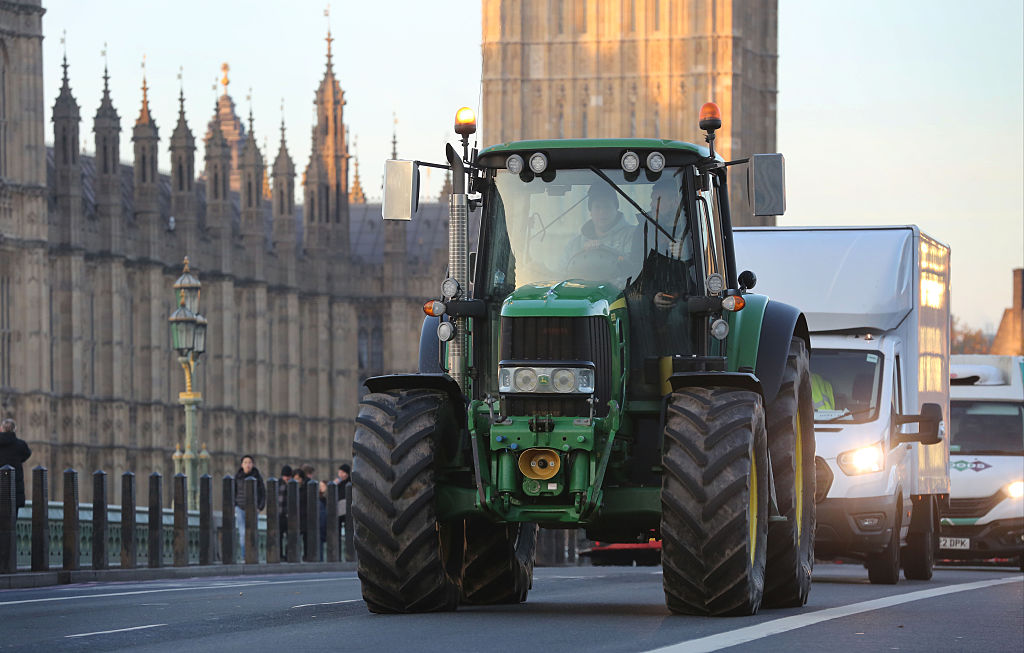Inflation inches above zero
The annual rate of consumer price inflation (CPI) ticked up from 0% to 0.1% between June and July.

The annual rate of consumer price inflation (CPI) ticked up from 0% to 0.1% between June and July. Core inflation, which strips out volatile food and energy prices, rose from 0.8% to 1.2%, a level last seen in February. Both figures came in slightly higher than forecast, suggesting that interest rates could rise sooner than expected and propelling sterling to a seven-year high in trade-weighted terms (measured against a basket of major trading partners' currencies).
What the commentators said
The bargains were partly brought forward to June this year. Meanwhile, the latest drop in energy and oil prices suggests that CPI will head down again soon: oil is one-fifth cheaper than in June. Domestic energy bills will fall in the autumn. Finally, the trade-weighted pound has gained 6% since the beginning of the year, making imports and manufacturers' raw materials cheaper. So there is scant sign of underlying inflation.
But we shouldn't be complacent, warned Kristin Forbes, a member of the Bank of England's Monetary Policy Committee, in The Daily Telegraph. Interest-rate hikes take "somewhere from one to two years" to kick in properly. Rates will therefore have to rise well before inflation reaches the Bank of England's 2% target. And while the outlook is currently benign although annual wage growth is very healthy at 3.3% it's important not to fall behind the curve. That would imply steeper hikes later, potentially endangering the recovery.
MoneyWeek
Subscribe to MoneyWeek today and get your first six magazine issues absolutely FREE

Sign up to Money Morning
Don't miss the latest investment and personal finances news, market analysis, plus money-saving tips with our free twice-daily newsletter
Don't miss the latest investment and personal finances news, market analysis, plus money-saving tips with our free twice-daily newsletter
"The central bank should be thinking now about the road to a more normal monetary policy," agreed the FT. It is worried that the first rise could have an unusually big impact on an economy addicted to near-zero rates, but holding back for too long is a danger too. Perhaps the Bank should hike by 0.1%, rather than the more usual 0.25%. This would show that the Bank "was unafraid to take action but recognised that reactions might be disproportionate".
Get the latest financial news, insights and expert analysis from our award-winning MoneyWeek team, to help you understand what really matters when it comes to your finances.

-
 5 investment trusts for your pension
5 investment trusts for your pensionInvestment trusts are often a good choice for long term growth and income options, but which ones should you consider for your pension?
-
 Inheritance tax climbdown as agricultural property relief threshold raised
Inheritance tax climbdown as agricultural property relief threshold raisedReforms to agricultural property relief had sparked strong opposition, and the government has now diluted its controversial inheritance tax plans for farmers